The Convergence of Quality and Opportunity
The global construction industry is witnessing a seismic shift in 2025. As supply chains recalibrate following years of economic volatility, a specific trade corridor has emerged as one of the most lucrative in the world: the export line from Iran to Africa. For decades, the global ceramic market was a dichotomy: expensive, high-design tiles from Italy and Spain, or budget-friendly, mass-produced options from China and India. However, a new contender has not only entered the arena but is rapidly capturing market share—Iran.
For the African continent, which is currently experiencing the world’s most rapid urbanization, the need for construction materials is existential. From the sprawling residential estates of Lagos to the commercial high-rises of Nairobi, developers are under immense pressure to balance cost with quality. This is where Iranian ceramic tiles have found their “Blue Ocean.”
This article serves as a definitive guide for importers, distributors, and construction professionals. We will explore the economic drivers behind this trend, the technical superiority of Iranian manufacturing, the logistical roadmap for 2025, and the specific strategies required to navigate this booming market. If you are looking to source high-value flooring solutions, understanding the Iranian advantage is no longer optional—it is essential.
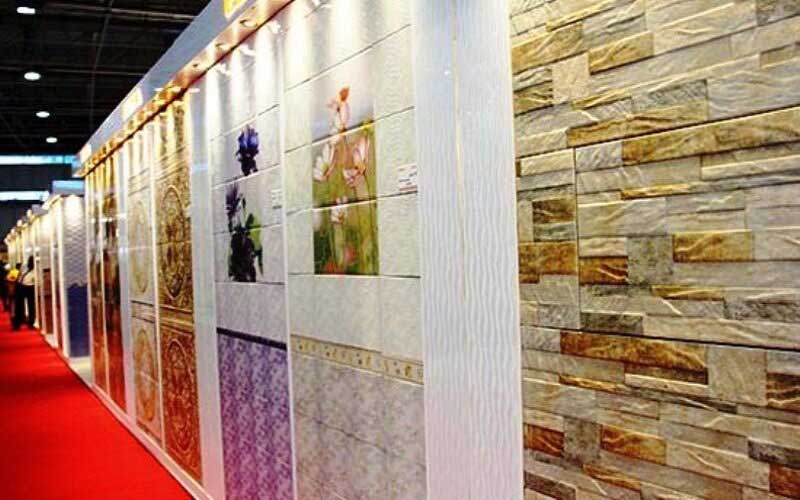
The Economic Landscape: Why Africa is Turning to Iran in 2025
To understand the product, one must first understand the market dynamics. The synergy between Iranian supply and African demand is driven by three macro-economic factors that have crystallized in 2025.
The Energy Advantage and Pricing Power
The production of ceramic and porcelain tiles is an energy-intensive process. Kilns must operate at temperatures exceeding 1,200°C continuously. In Europe, rising gas prices have forced many factories to shut down or drastically increase prices. Even major Asian competitors have faced fluctuating energy costs.
Iran, however, sits on the world’s second-largest natural gas reserves. This access to cheap, abundant energy allows Iranian manufacturers to keep production costs significantly lower than their global peers. For an African importer, this translates to a price-to-quality ratio that is currently unbeatable. You are effectively buying a product that competes with European standards of durability at a price point that rivals or undercuts Asian competitors.
The African Urbanization Boom
Africa’s population is projected to double by 2050, and 2025 is a critical year in this trajectory. Governments in Nigeria, Ghana, Kenya, and Tanzania are incentivizing affordable housing projects.
-
Residential Demand: There is a massive move away from traditional cement floors to ceramic tiling in rural-to-urban migration zones.
- Commercial Demand: New shopping malls, hospitals, and airports require heavy-duty, aesthetic porcelain tiles.
Iranian manufacturers have adapted their production lines specifically to cater to these two distinct segments: high-volume budget tiles for housing and premium polished porcelain for commercial use.
Currency Exchange Leverage
The valuation of the Iranian Rial against hard currencies (USD, EUR) creates a unique arbitrage opportunity for exporters. For an African buyer paying in Dollars or Dirhams, the purchasing power in Iran is immense. This financial leverage allows traders to secure higher margins, providing room to absorb shipping costs while still offering a competitive retail price in local African markets.
Understanding the Product: Technical Specifications and Variety
One common misconception is that “low price” equals “low quality.” In the case of Iranian tiles, this is factually incorrect. The industry uses state-of-the-art Italian machinery (SACMI presses) and digital printing technology.
Categorizing Iranian Tiles for the African Market
Importers must understand the terminology to order correctly:
-
Red Body vs. White Body:
-
Red Body (Ceramic): Made from red clay, these are typically used for walls or low-traffic residential floors. They are cheaper and highly popular in West African markets.
-
White Body (Porcelain/Gres): Made from finer clays and fired at higher temperatures. These are denser, harder, and have lower water absorption.
-
-
Water Absorption Rates:
-
Wall Tiles: >10% absorption.
-
Floor Tiles (Ceramic): ۶% – ۱۰% absorption.
-
Porcelain (Gres): <0.5% absorption. This is crucial for outdoor areas or humid regions like Mombasa or Dar es Salaam, as they are frost-proof and stain-resistant.
-
Popular Finishes in 2025
-
Nano-Polished Soluble Salt: These are the glossy, mirror-finish tiles that are incredibly popular in African living rooms and offices. The “Nano” coating ensures they are stain-resistant.
-
Glazed Porcelain (GVT/PGVT): Digital printing allows these tiles to mimic natural wood, marble, or stone with hyper-realistic detail.
-
Heavy Duty Parking Tiles: Thick (12mm+), high-friction tiles designed for driveways and industrial zones, seeing a surge in demand in South Africa.
Strategic Markets: Where is the Demand Highest?
While the entire continent is a prospect, four specific regions offer the highest Return on Investment (ROI) in 2025.
West Africa (Nigeria, Ghana, Côte d’Ivoire)
-
The Volume King: Nigeria is the largest market by volume. The demand is for 60x60cm and 30x60cm beige and bone-colored tiles.
-
The Challenge: Bureaucracy. Importing into Nigeria requires strict adherence to SONCAP (Standards Organisation of Nigeria Conformity Assessment Program).
-
The Strategy: Focus on volume. Margins per box might be lower, but the sheer quantity of containers ordered compensates for it.
East Africa (Kenya, Tanzania, Uganda)
-
The Gateway: The Port of Mombasa (Kenya) and Dar es Salaam (Tanzania) serve as entry points for landlocked Uganda, Rwanda, and South Sudan.
-
The Taste: East African consumers are becoming more sophisticated. There is a growing trend for “Wood Look” ceramic planks and larger formats (80x80cm) in urban centers.
-
The Strategy: Quality over quantity. The middle class in Nairobi and Kampala is willing to pay a premium for unique designs that stand out from standard generic tiles.
Southern Africa (South Africa, Zimbabwe)
-
The Standard Bearer: South Africa has a mature construction industry with strict SABS standards.
-
The Opportunity: There is a gap in the market for “Tier 2” luxury—tiles that look like high-end Italian brands but cost 40% less.
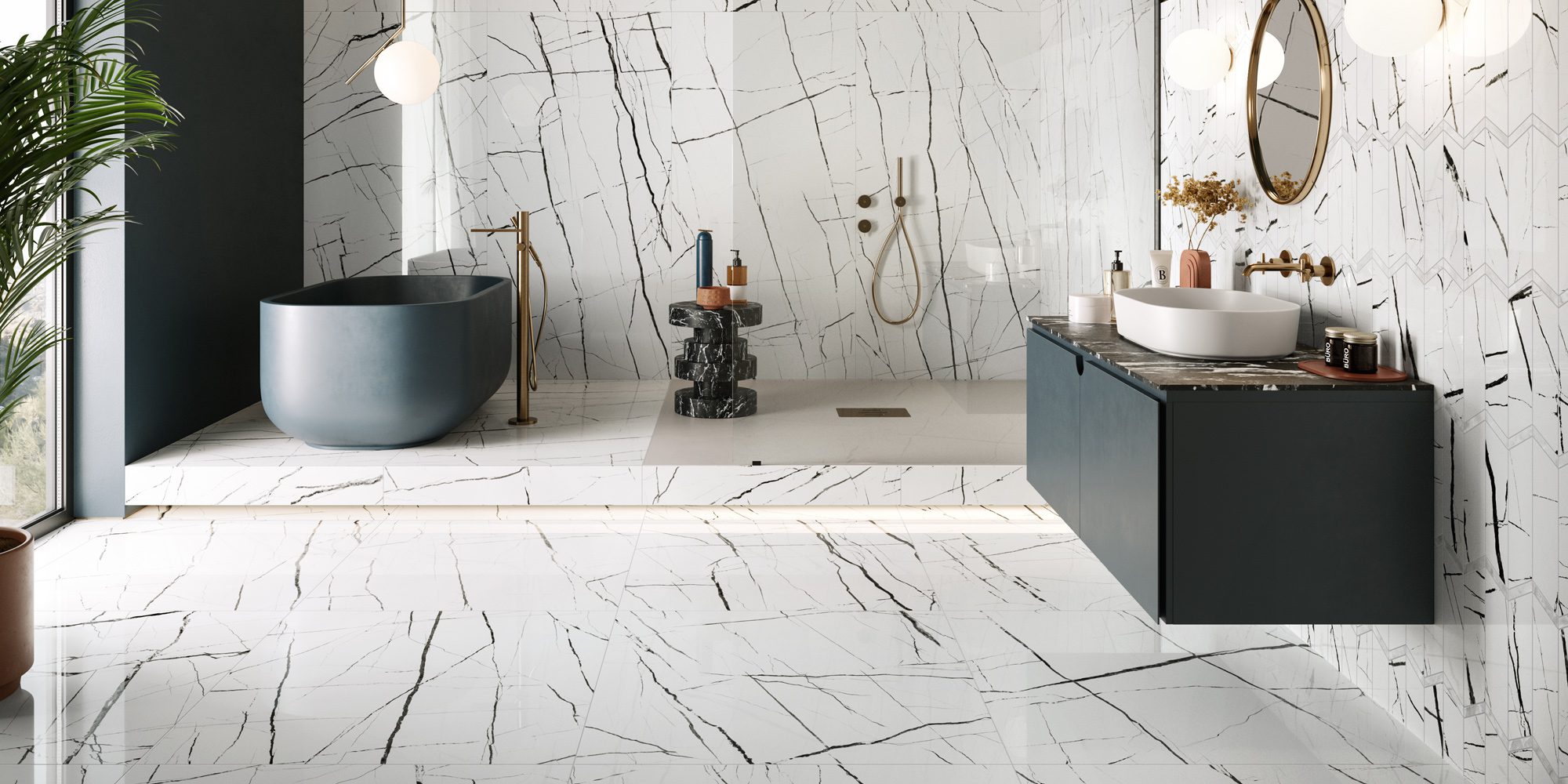
The Step-by-Step Export Process
Exporting from Iran involves navigating a specific set of procedures. Here is the professional roadmap for 2025.
۱. Sourcing and Factory Selection
Do not rely solely on online directories. The tile industry in Iran is concentrated in Yazd (producing approx. 50% of the country’s tiles) and Isfahan.
-
Capacity Check: Ensure the factory can produce your entire order in one “batch.” Tiles produced in different weeks can have slight color variations (tonality issues), which is a disaster for large projects.
-
Grade Negotiation: Factories produce Grade 1, 2, and 3.
-
Actionable Advice: For export to Africa, a mix of Grade 1 (95%) and Grade 2 (5%) is often acceptable to lower the price, but this must be transparently agreed upon.
-
۲. Packaging and Palletization
This is where many new exporters fail. The sea voyage from Bandar Abbas to Mombasa or Lagos is rough.
-
Pallet Standards: Use heavy-duty, fumigated wooden pallets.
-
Corner Protection: Plastic corner guards must be used to prevent chipping.
-
Shrink Wrapping: Essential to protect the cardboard boxes from the high humidity at sea and in tropical African ports.
-
“Loose Loading” vs. Palletized: Some buyers request loose loading (stacking boxes directly in the container without pallets) to fit more square meters.
-
Warning: While this saves shipping cost per meter, it drastically increases breakage rates (up to 5-10%). We strongly recommend palletized shipping for professional importers.
-
۳. Inspections and Quality Control
Never ship without a pre-shipment inspection.
-
SGS / BV: For countries like Kenya (PVOC) and Nigeria (SONCAP), an inspection by an authorized body like SGS or Bureau Veritas is mandatory before loading. They will check the quality, quantity, and packing list accuracy.
Logistics: The Route to Africa
Shipping Routes and Transit Times
The primary exit point is the Port of Bandar Abbas (BND).
-
Direct Service: Very few lines offer direct service.
-
Transshipment: Most cargoes are fed to Jebel Ali (UAE) or Mundra (India) before being transferred to a mother vessel bound for Africa.
-
Estimated Transit Times (2025):
-
East Africa (Mombasa/Dar es Salaam): 18–۲۵ days.
-
South Africa (Durban): 28–۳۵ days.
-
West Africa (Lagos/Tema/Abidjan): 40–۵۵ days.
-
Container Weight Restrictions
This is a critical logistical detail. Ceramic tiles are “deadweight” cargo.
-
۲۰ft Containers: You will always use 20ft containers. A 40ft container has a weight limit similar to a 20ft (approx. 26-28 tons). Using a 40ft container for tiles means you are shipping mostly empty air, which is financial suicide.
-
Road Weight Limits: Check the destination country’s road laws. For example, while the ship accepts 28 tons, the trucks in some African nations may only legally carry 24 tons. Overloading results in heavy fines or the need to “unpack” at the port.
Financial Transactions and Compliance
Navigating the financial aspect requires knowledge of both banking regulations and trade sanctions.
Payment Channels
Due to banking restrictions, direct transfers to Iran can be complex. In 2025, the standard industry practice involves:
-
Third-Party Fiscal Agents: Payments are often routed through trading entities registered in Dubai (UAE), Turkey, or Oman. The African buyer transfers funds to a Dubai LLC, which then handles the settlement with the Iranian factory. This ensures the African buyer’s bank faces no compliance issues.
-
Telegraphic Transfer (TT): The standard term is usually 30% deposit to start production, and 70% balance against the scan of the Bill of Lading (BL).
Incoterms 2020
-
CFR (Cost and Freight): This is the most popular term. The exporter handles the freight to the African port.
-
FOB (Free on Board): Useful if the African buyer has their own shipping contract with a line like Maersk or MSC.
Common Pitfalls and How to Avoid Them
To ensure a long-term business, you must mitigate these risks:
The “Shading” Issue
-
Problem: A buyer orders 5 containers of “Super White.” When they arrive, Container 1 is a slightly different shade of white than Container 2.
-
Solution: Implement a “Batch Control” clause. Demand that the factory produces the entire order in a continuous run. If they must use stock from different runs, the boxes must be clearly marked with different “Tone Numbers” so the installer knows not to mix them in the same room.
Breakage Claims
-
Problem: ۲% of tiles arrive broken.
-
Solution: It is industry standard to negotiate a “Spare Box” allowance. Ask the supplier to include 1% empty boxes or 1% extra tiles free of charge to cover typical transit breakage.
Documentation Errors
-
Problem: The HS Code on the Bill of Lading doesn’t match the SONCAP certificate.
-
Solution: The HS Code for ceramic tiles is generally ۶۹۰۷. Ensure every single document (Invoice, Packing List, Certificate of Origin, BL) uses the exact same code and description to avoid customs delays.

Conclusion: Building a Bridge of Clay and Commerce
The year 2025 represents a “Gold Rush” era for the Iran-Africa tile trade. The market conditions are perfect: Africa is building, and Iran is producing at peak efficiency.
For the African construction industry, Iranian tiles offer the solution to the “Affordable Luxury” paradox. They provide the durability and aesthetic required for modern urbanization without the prohibitive costs of European imports. For the exporter, the market offers volume and consistency.
However, success in this field is not about luck. It is about precision. It requires selecting the right factory, understanding the nuances of the 20ft container weight limits, navigating the banking routes via Dubai, and respecting the import standards of nations like Nigeria and Kenya.
Those who master these logistics will not just be selling tiles; they will be laying the foundation—quite literally—of Africa’s future infrastructure.
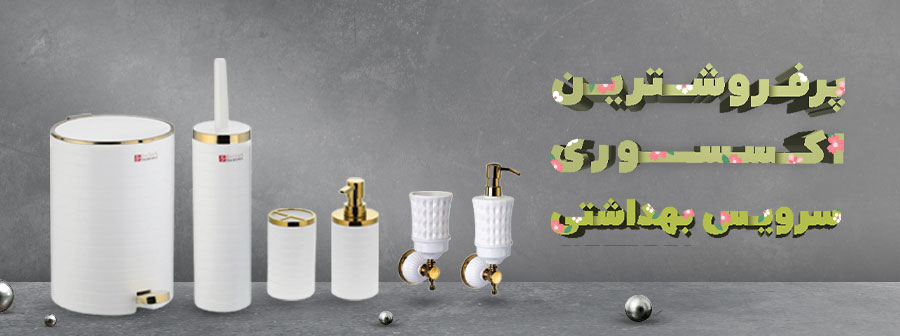
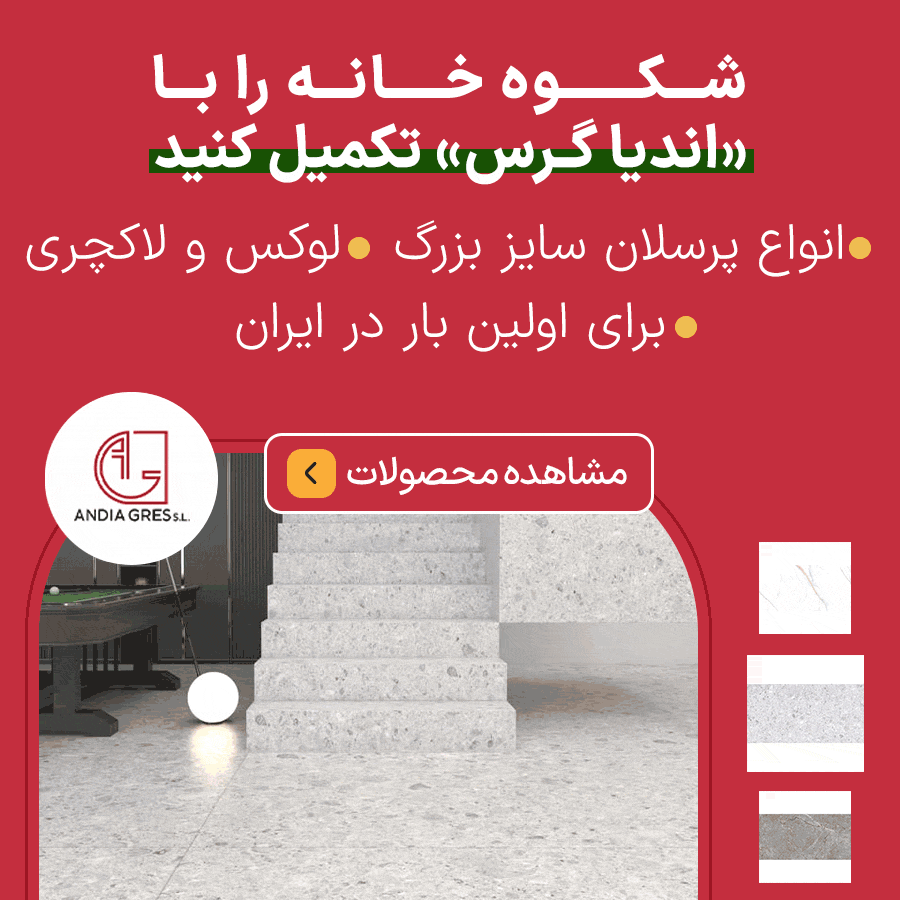
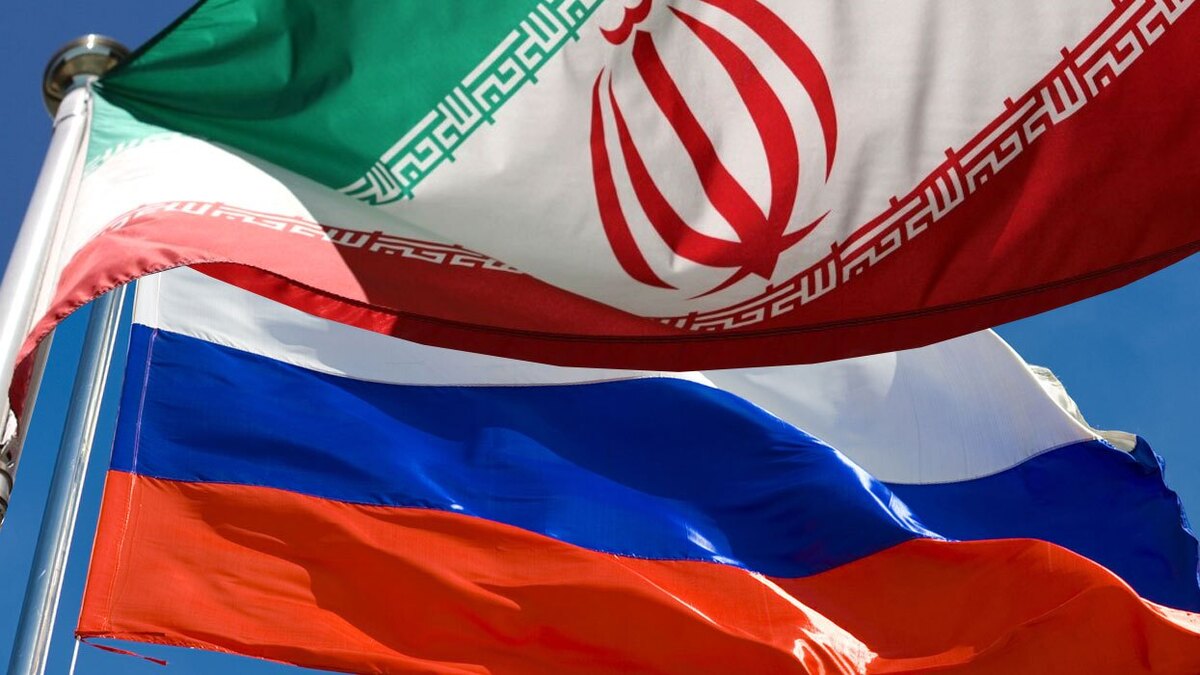

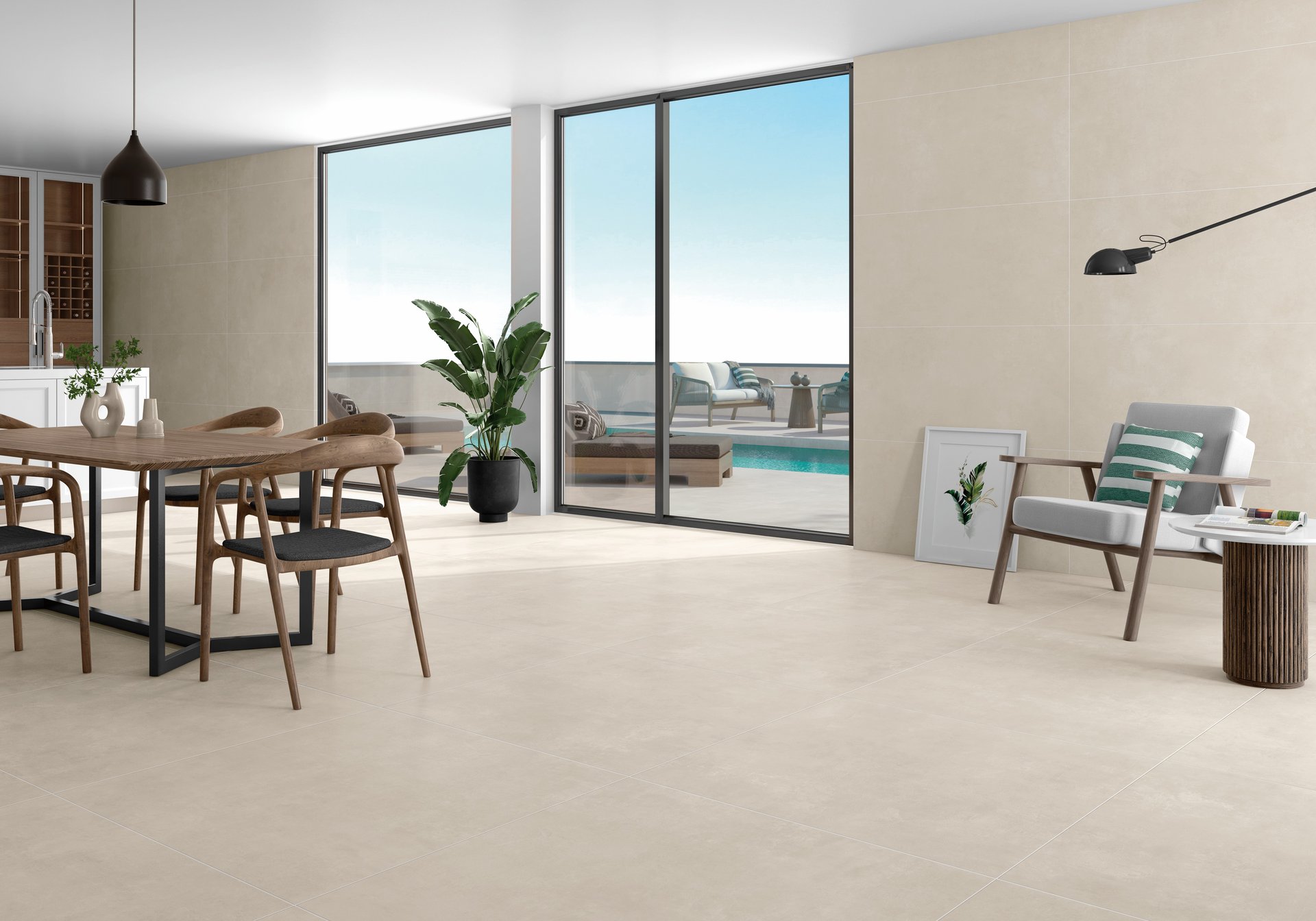
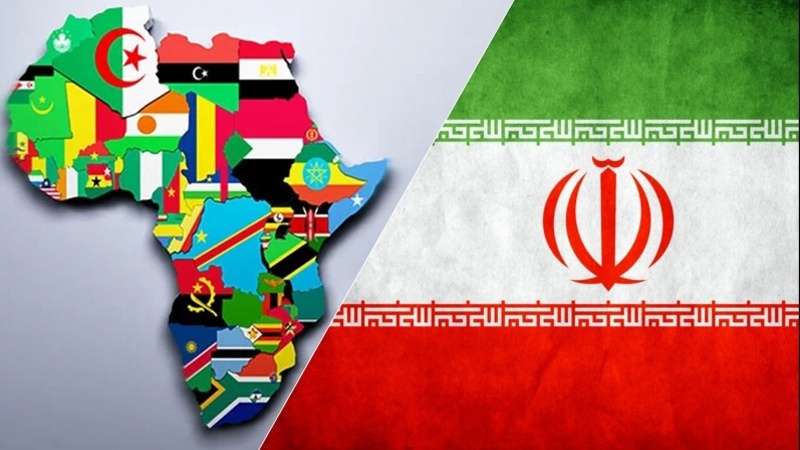
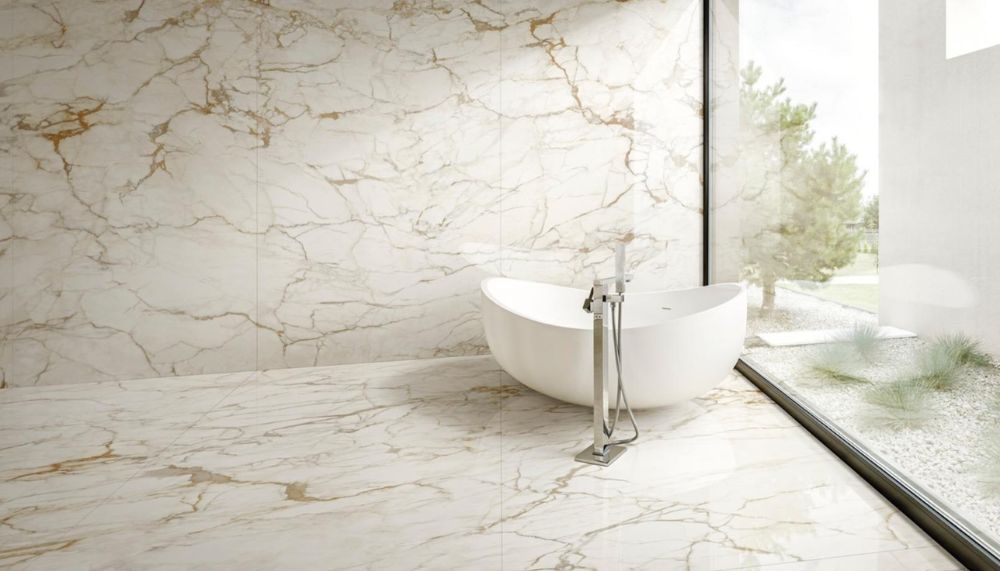
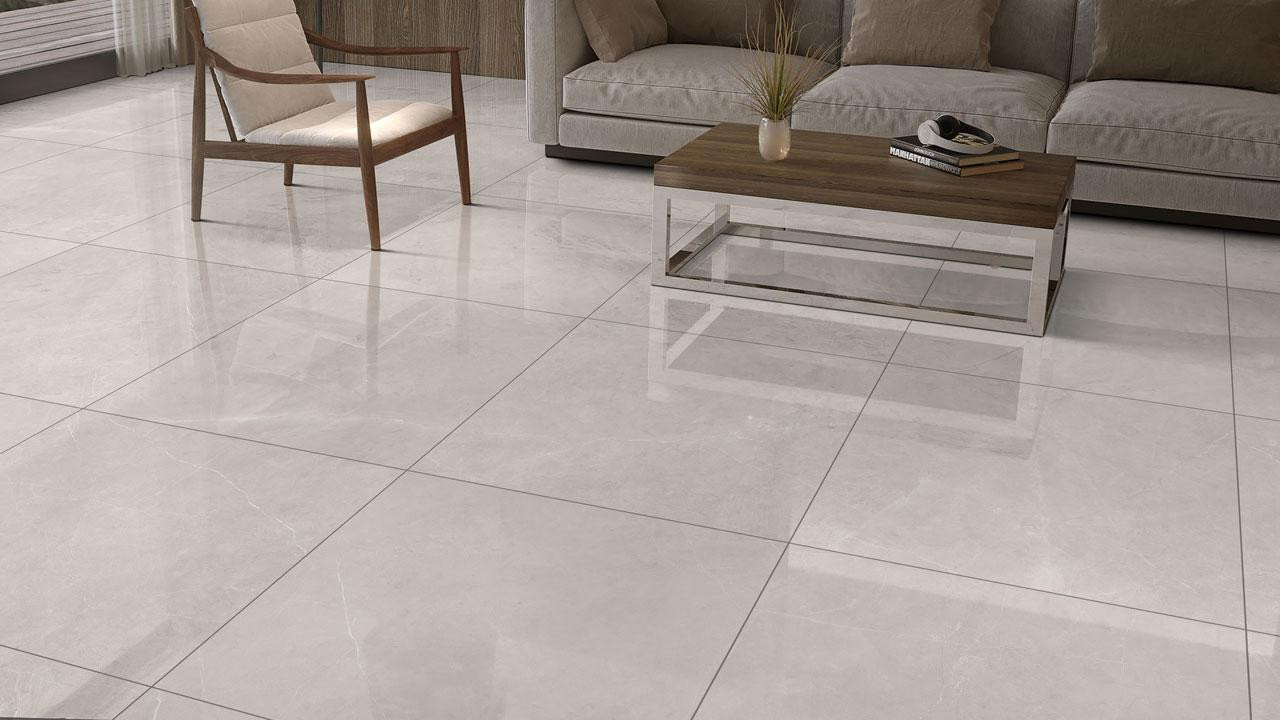
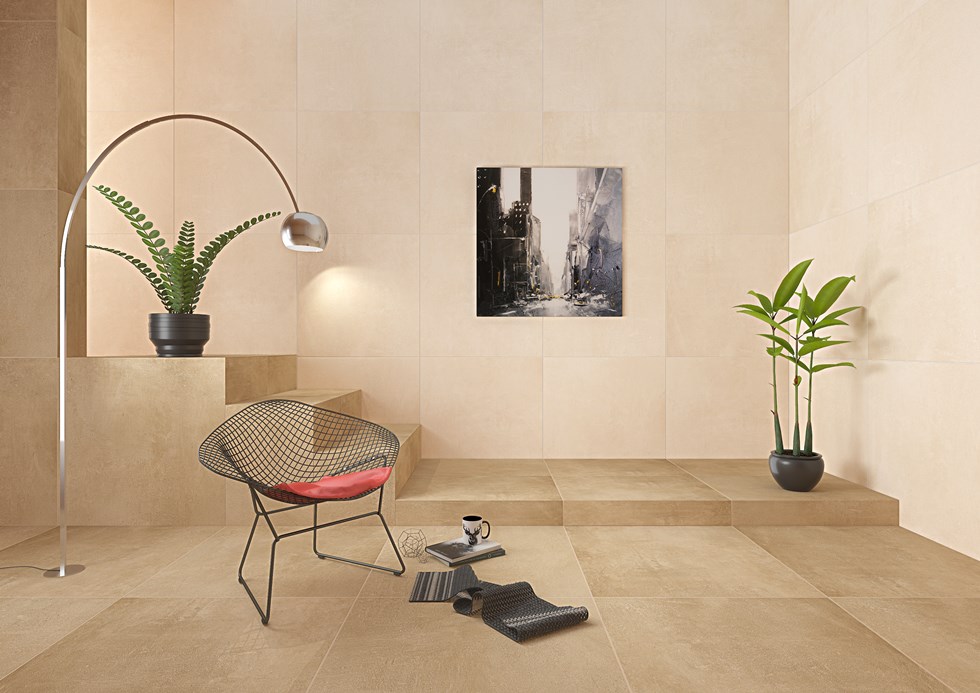
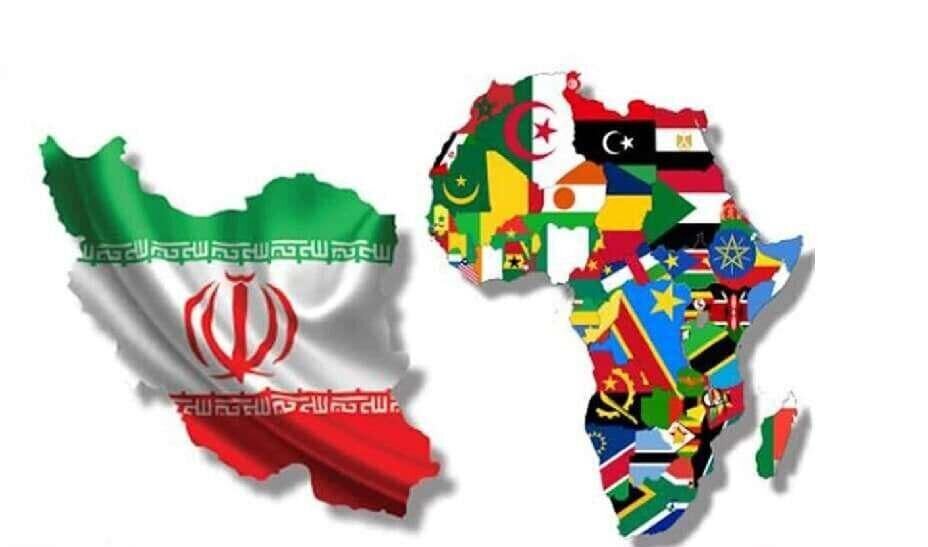

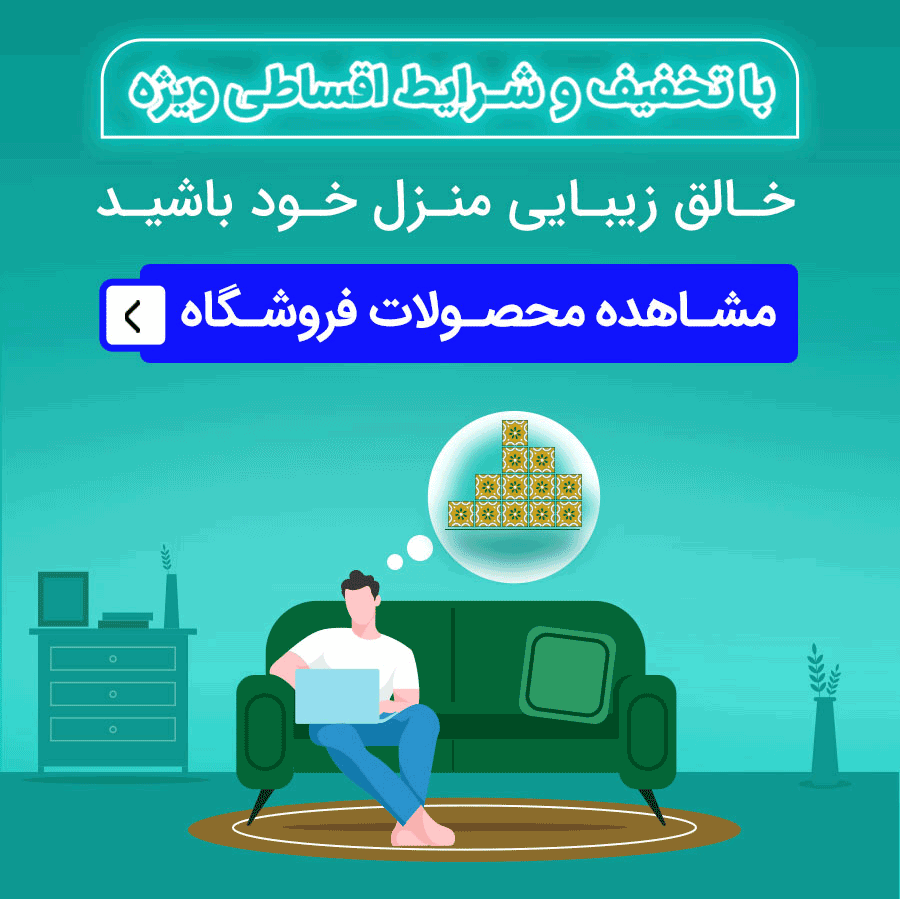
نظرات ۰